
Acleris forsskaleana, the maple leaftier moth, is a moth of the family Tortricidae. It is found in Europe and North America in woodlands and gardens.

Choristoneura hebenstreitella, the mountain-ash tortricid, is a moth of the family Tortricidae. It is found in Western Europe, Central Europe, the Near East and Iran.

Argyrotaenia ljungiana is a moth of the family Tortricidae. It is found in Europe.
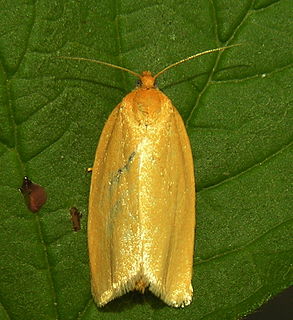
Aphelia paleana, the timothy tortrix, is a moth of the family Tortricidae. It is found in Europe, and across the Palearctic to China and the Russian Far East.

Aphelia viburnana, the bilberry tortrix, is a moth of the family Tortricidae. It is found in Europe, from Portugal and Great Britain to the Ural Mountains, Siberia and Mongolia, further east to the Russian Far East.

Agapeta hamana is a moth of the family Tortricidae. It is found in Europe, western and southern Siberia, the Caucasus, Kazakhstan, Transcaucasia, Asia Minor, Central Asia, Iran, Afghanistan, Mongolia, western China and northern India.

Aleimma loeflingiana is a moth of the family Tortricidae. It is found in Europe and the Near East.

Crocidosema plebejana, the cotton tipworm, is a tortrix moth, belonging to tribe Eucosmini of subfamily Olethreutinae. It is found today all over the subtropical and tropical regions of the world and even occurs on many oceanic islands – in Polynesia and Saint Helena for example – but has probably been accidentally introduced to much of its current range by humans. In addition, it is also found in some cooler regions, e.g. in Europe except in the east and north; this is probably also not natural, as it was, for example, not recorded in the British Isles before 1900.
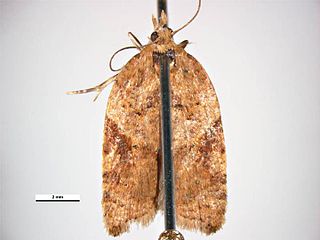
Acleris comariana, the strawberry tortrix, is a moth of the family Tortricidae. It is found in Europe, the Caucasus, Amur, Kamchatka, China, Korea and Japan.

Archips rosana, the rose tortrix, is a moth of the family Tortricidae. It is found in both the Palearctic and Nearctic realms.
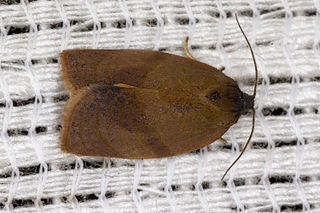
Cacoecimorpha is a monotypic moth genus of the family Tortricidae. Cacoecimorpha pronubana—the carnation tortrix—is its sole species and is found in Europe, northern Africa, South Africa, Anatolia and North America.

Cnephasia incertana, the light grey tortrix, is a moth of the family Tortricidae. It is found all over Europe.
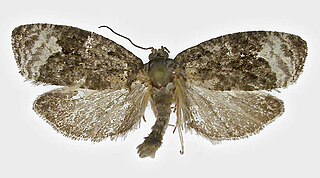
Apotomis capreana is a moth of the family Tortricidae. It is found in most of Europe, east to the eastern part of the Palearctic realm.
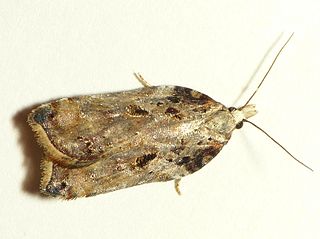
Acleris cristana, the rufous-margined button moth, is a moth of the family Tortricidae and is found from Europe through the Caucasus and Ussuri to Japan.
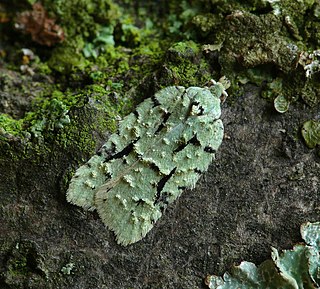
Acleris literana, the sprinkled rough-wing, is a moth of the family Tortricidae. The species was first described by Carl Linnaeus in his 1758 10th edition of Systema Naturae. It is found in most of Europe and in the Near East.

Acleris ferrugana is a species of moth of the family Tortricidae. It is found in China, most of Europe and has also been recorded from North America.

Ancylis mitterbacheriana is a species of moth of the family Tortricidae. It is found in most of Europe, except the Iberian Peninsula, most of the Balkan Peninsula and Ukraine.

Julius von Kennel was a German zoologist and entomologist born in Schwegenheim.



















